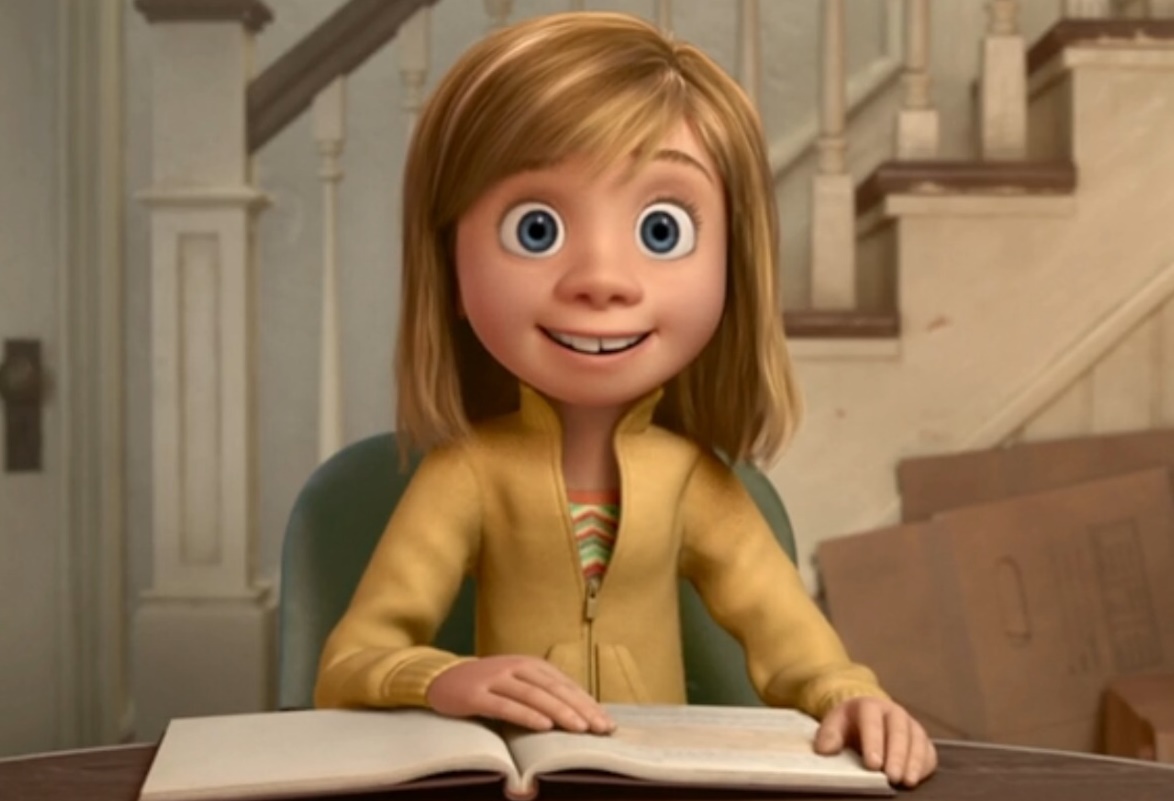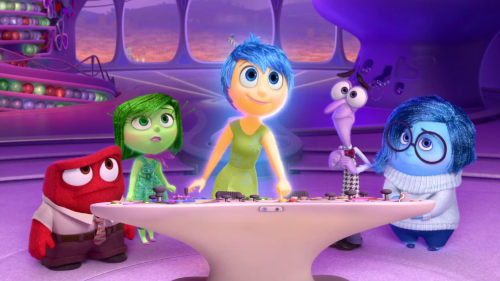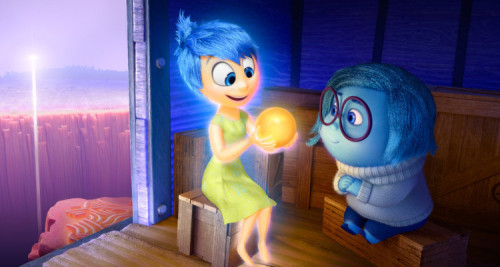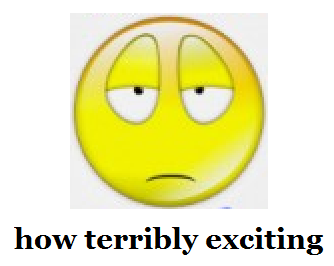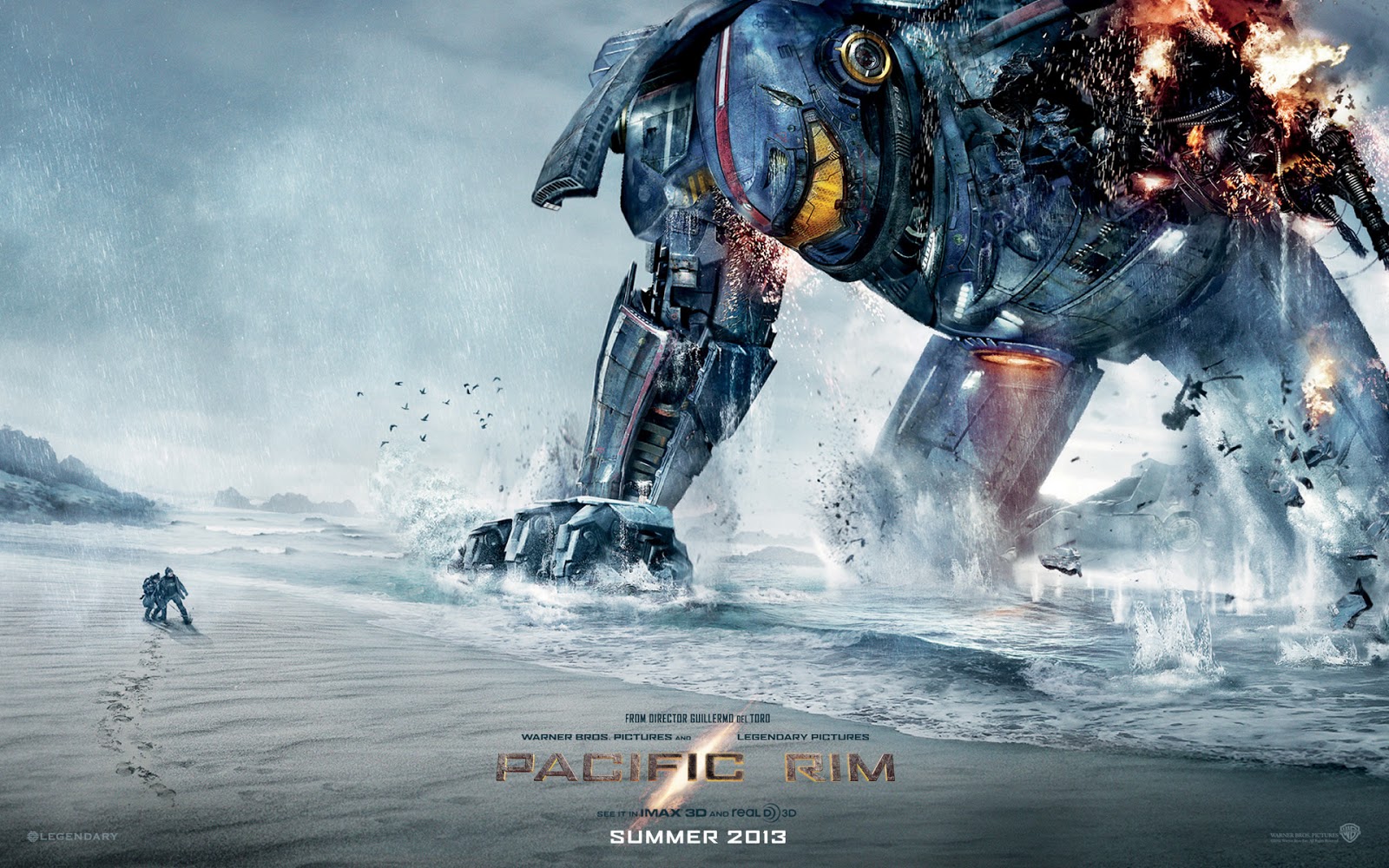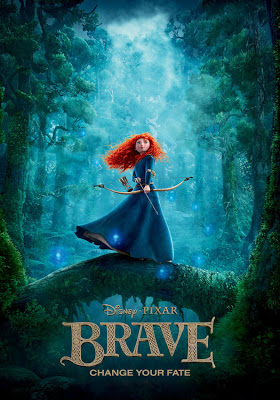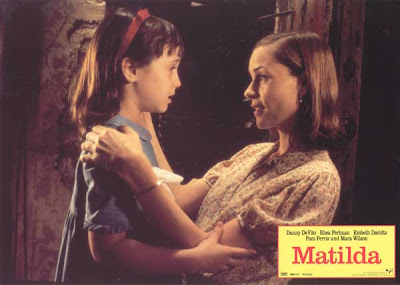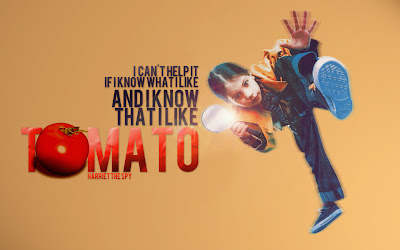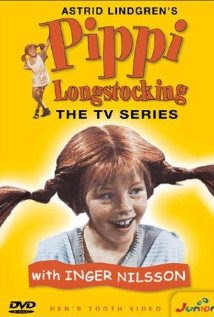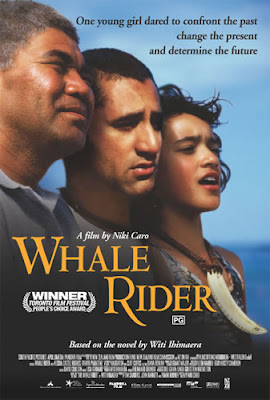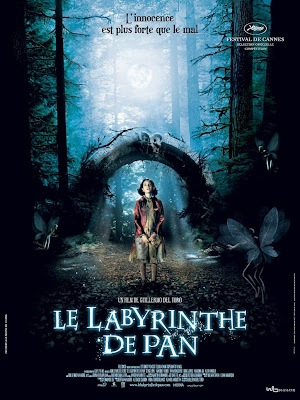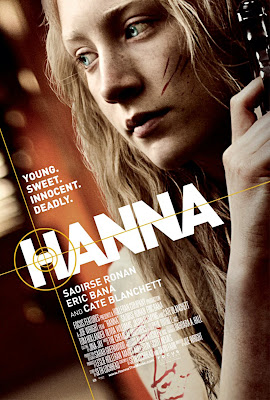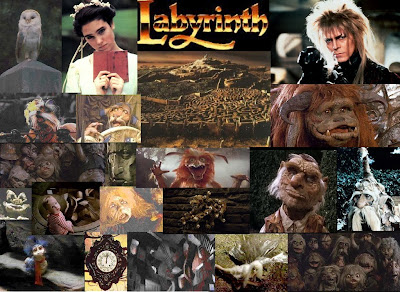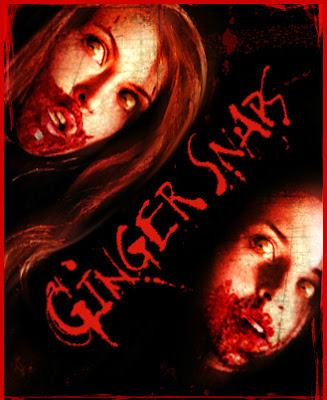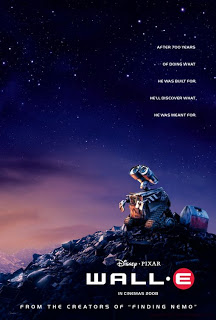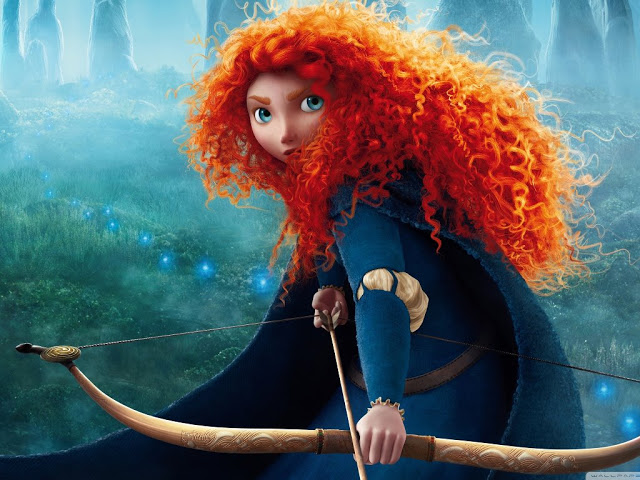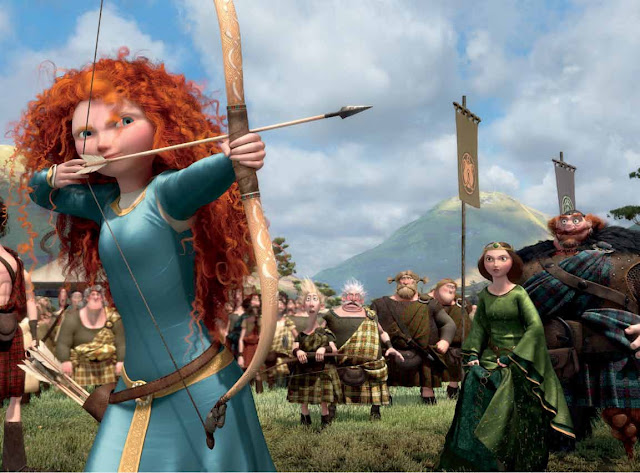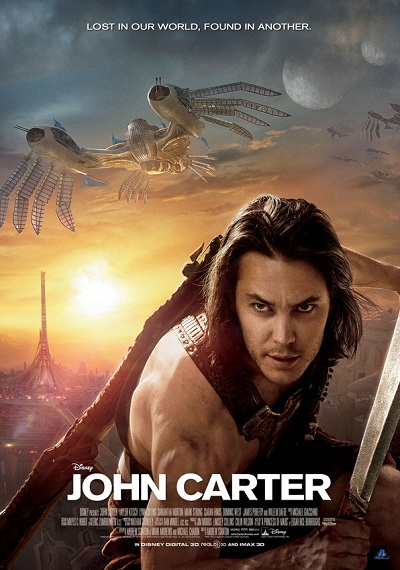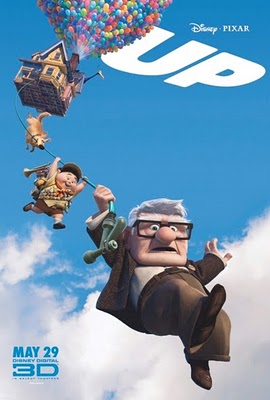This is a guest post written by Margaret Evans.
A few months ago, legendary animator Don Bluth made an interesting observation about the movie Inside Out. According to Bluth, Riley, the central character, lacks agency. This was a claim that I felt warranted further thought. Does Riley make decisions of her own, or are her decisions made for her by Anger, Disgust, Fear, Joy, and Sadness?
In order to answer that question we must first take a look at the emotions themselves. They are Riley’s emotions, each one is the embodiment of what Riley is feeling. You would think that this would end the debate there and then. If these characters are the expressions of Riley’s feelings than surely Riley does have agency. However, it should be noted how the emotions talk about Riley. While the emotions talk about Riley’s life as if it is their own, they talk about Riley in the third person. This has the unfortunate effect of distancing Riley from her emotions. Ironically, the well-rounded nature of her emotions works against the story that Pixar is trying to tell. We see her emotions as complete people in their own right rather than extensions of Riley. This isn’t helped by the fact that we see all of Riley’s decisions from the perspective of the emotions, reinforcing the idea that Riley is someone they collectively control.
Despite this, I still believe that Riley does exert some agency in Inside Out. Certain aspects of the film show the emotions being influenced by outside factors that they can’t explain. At the beginning, Sadness finds herself feeling the urge to participate in a way that she hasn’t in the past, much to the chagrin of Joy; a happy memory turns sad at Sadness’ touch and Joy is unable to merely change it back. When asked why she is “acting up,” all of a sudden Sadness doesn’t know why. This clearly indicates an example of Riley influencing how the emotions feel father than the other way around.
In my mind, this is just one way that proves that the emotions are the embodiment of how Riley feels rather than the deciders of how Riley feels. The emotions collectively may have put Joy in charge, but when Riley is sad, the film ultimately proves that they can’t just make Riley happy when it suits them.
Another example of this is the difference between two similar points in the movie. During a scuffle, Joy and Sadness are sucked up into Riley’s mind. Later, Fear tries to get the exact same thing to happen to him but it fails. No explanation within the film is given for this but I would argue that Riley subconsciously rejected Joy and Sadness and retained Fear. She wasn’t happy or sad but she was angry, disgusted and afraid. Finally, at the end of Inside Out, only Sadness is able to have any affect on Riley. Until Sadness gets through to her, the console that the emotions have been using throughout the film becomes completely inoperable.
If Riley were completely subject to the whim of her emotions, they would be able to control her in any way at any time. However, Inside Out repeatedly conveys that there are limits to what they can do when they interact with Riley. The emotions inhabit a world which is clearly governed by rules and they are subject to those rules.
When we watch Inside Out, it’s easy to look at the emotions and think that the personification of how Riley feels starts and ends with them. But it doesn’t. The train of thought that we see is just as important to understanding Riley as the emotions. The ground that Joy and Sadness walk on through their journey is just as much a part of Riley as the emotions themselves.
Ultimately, the reason why it appears that the emotions call the shots is because the way that Riley influences the emotions is much more subtle than the way that the emotions influence her. The emotions affect Riley in a very straightforward way that is easy to see: they press a button or pull a lever. The way that Riley impacts the emotions, however, remains subtle, and therefore much harder to identify. We see Riley’s influence in the rules that govern her mind — we are told that memories fade because she “decides” she doesn’t need them anymore — and when Joy can’t alter a memory near the end of the film. Riley doesn’t lack agency as her agency propels the plot and the choices she makes.
See also at Bitch Flicks: Pixar’s ‘Inside Out’ Provides Long-Term Joy; ‘Inside Out’: Female Representation Onscreen But Not Off
Margaret Evans is a blogger from Godalming, a small town in south England. She currently writes the blog Plot Twists and Continuity.
